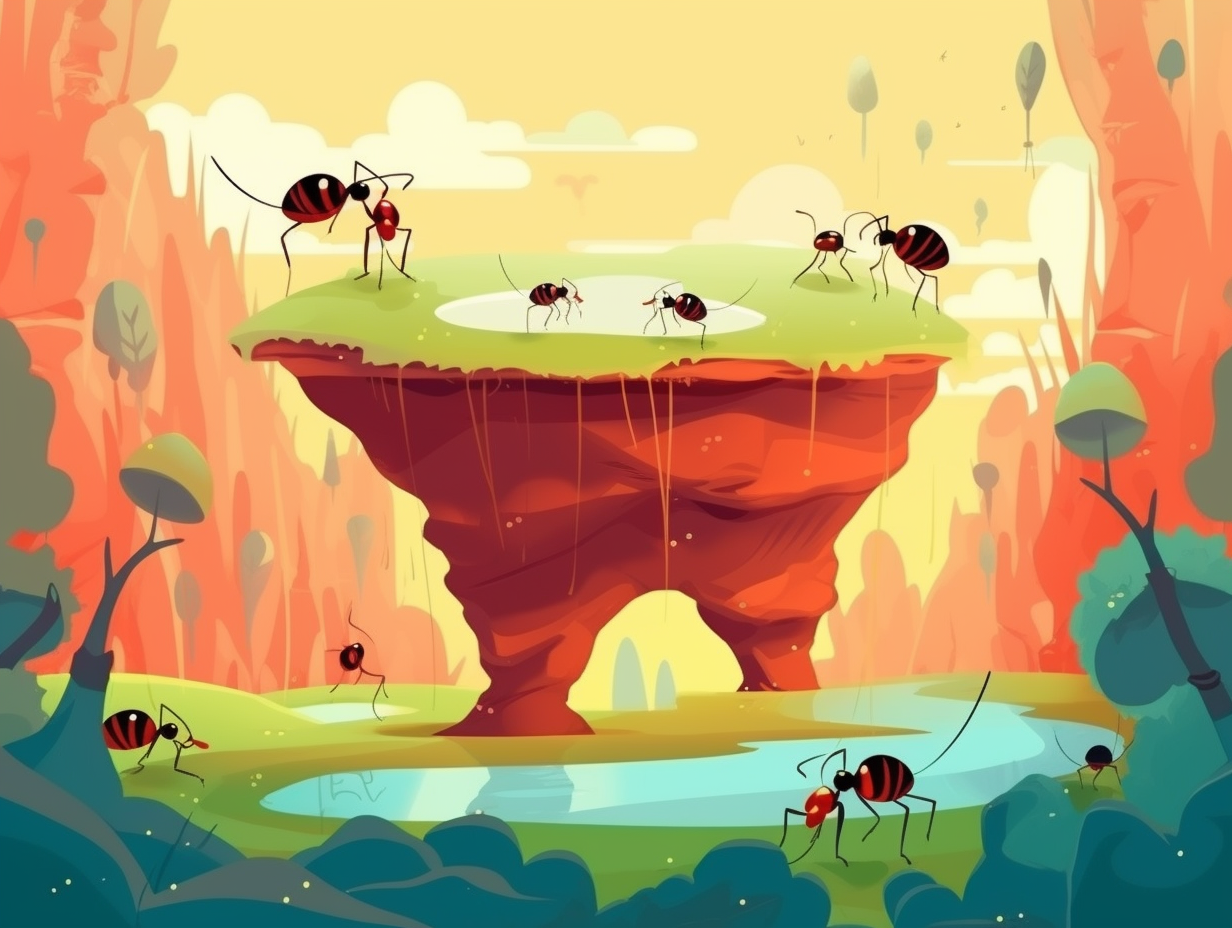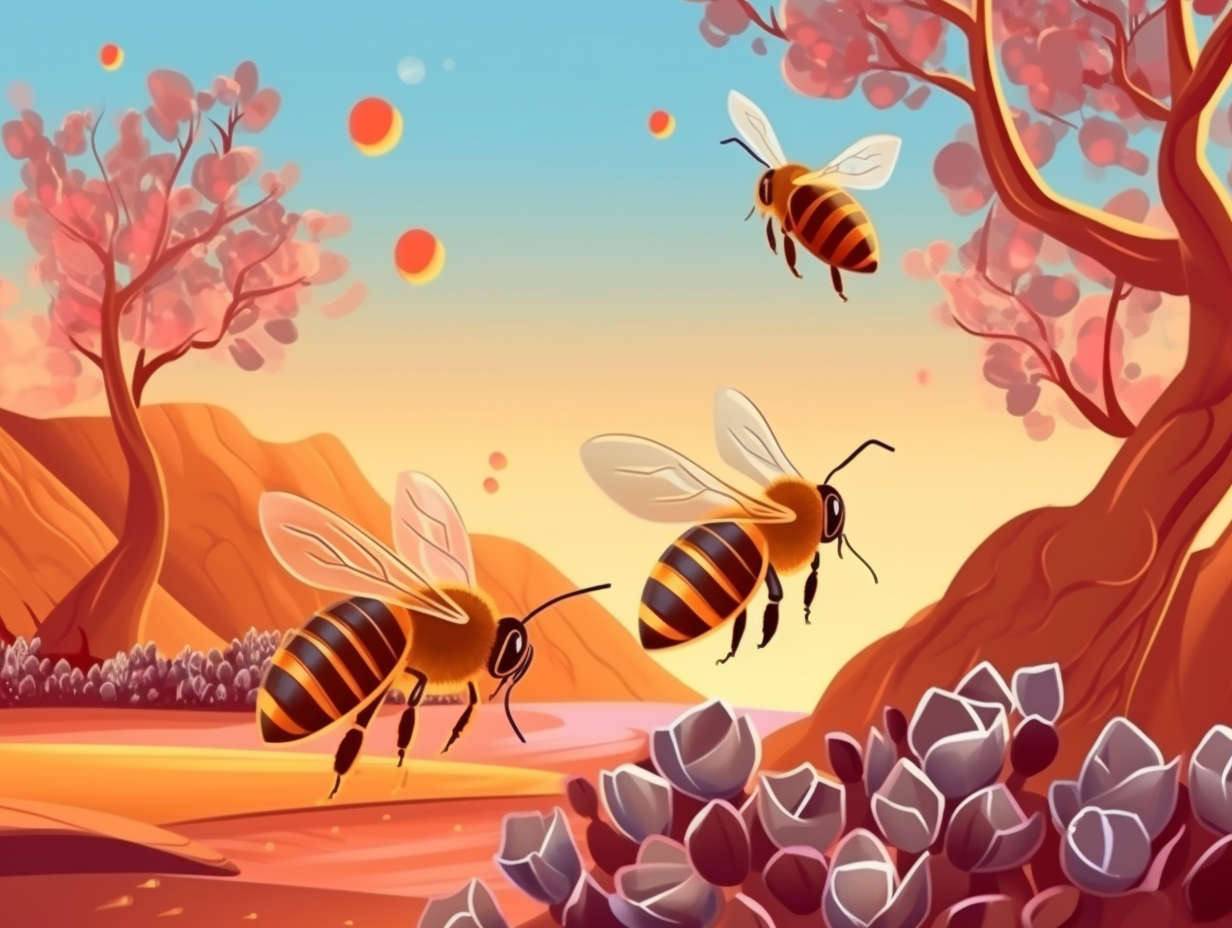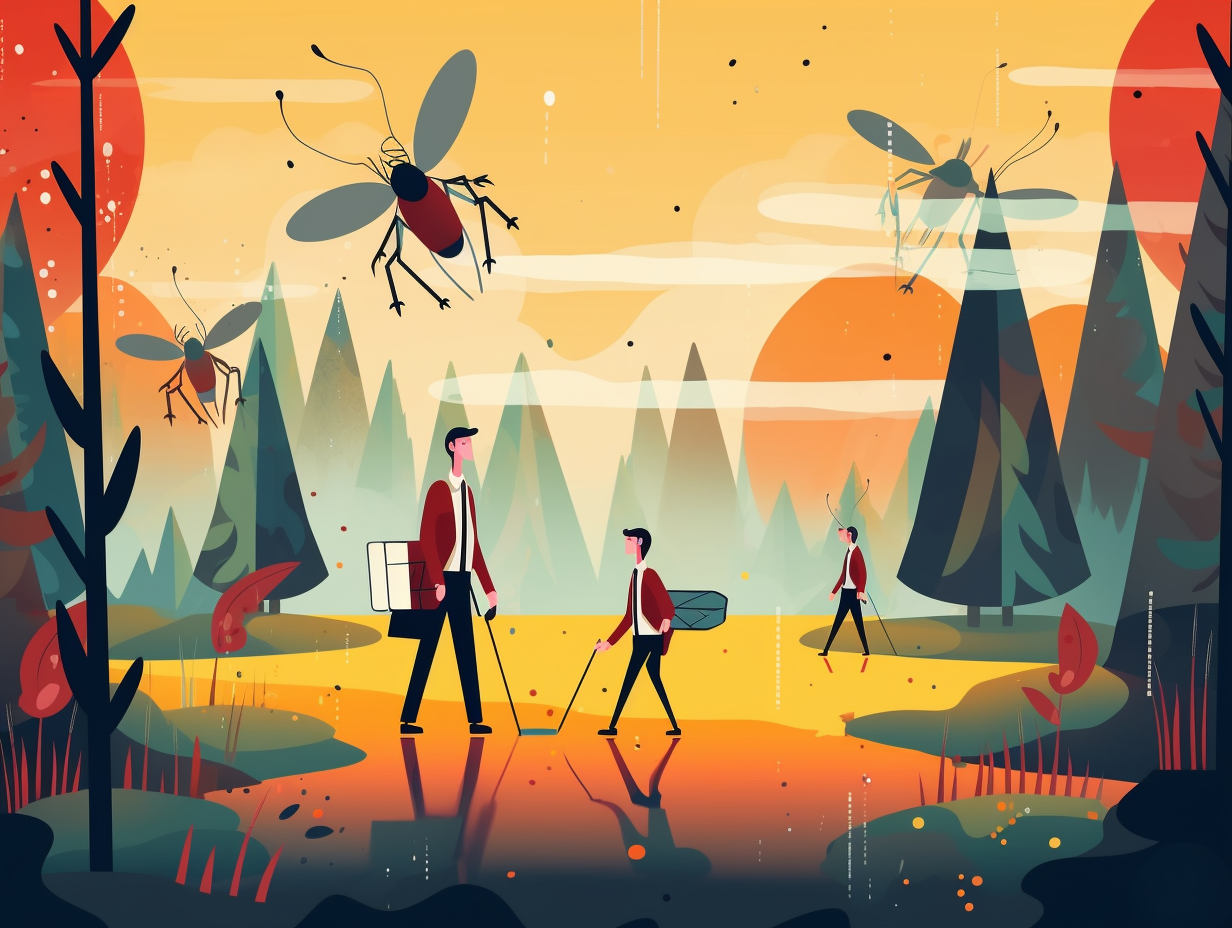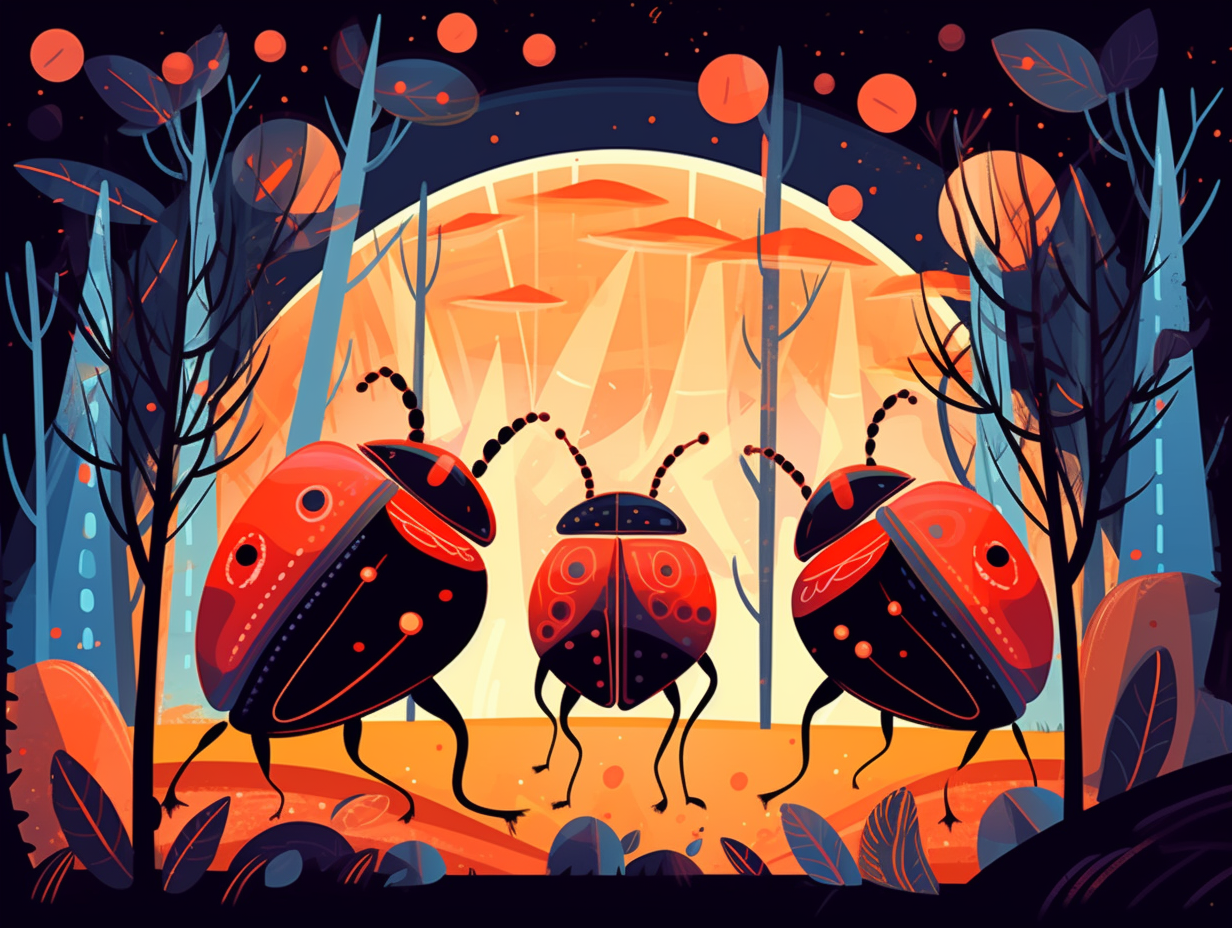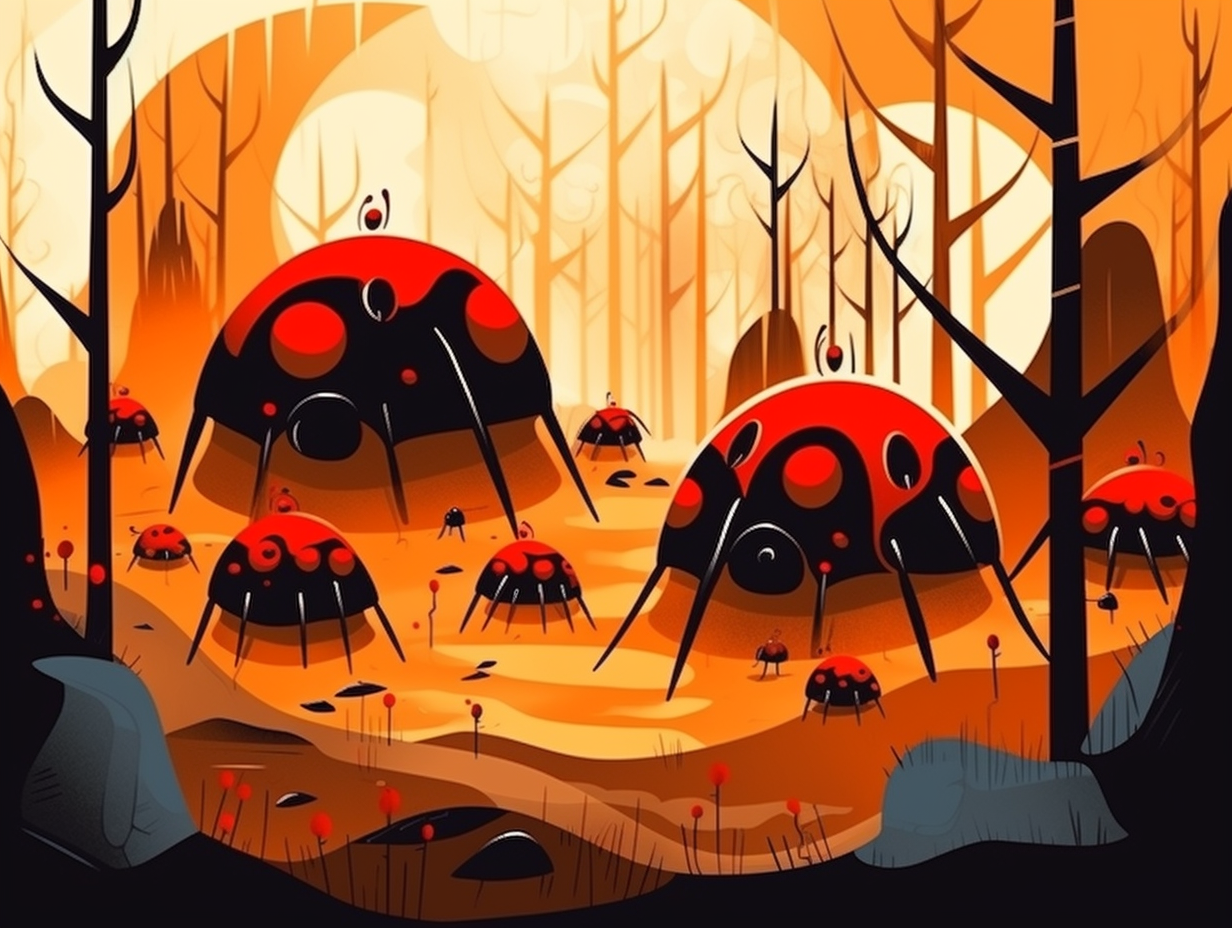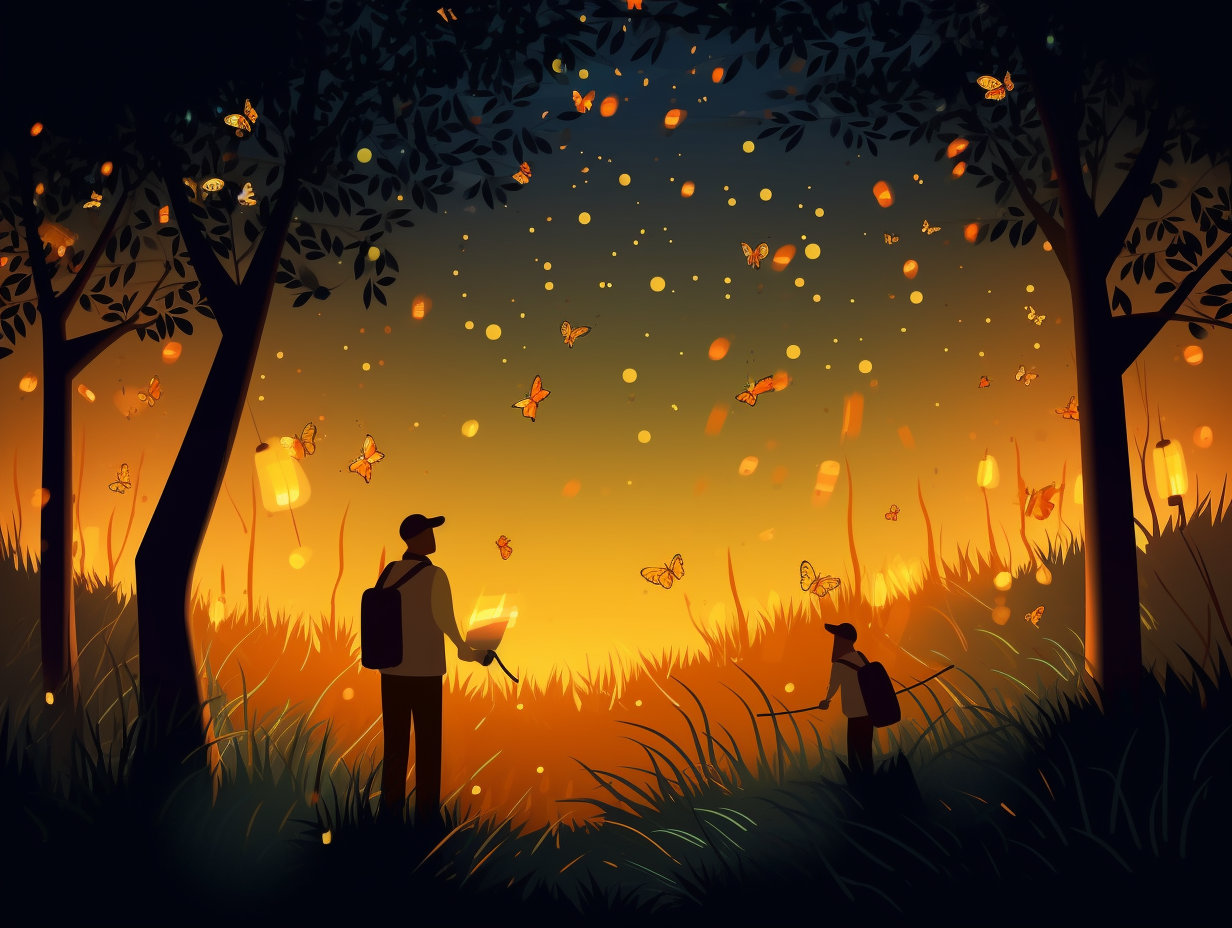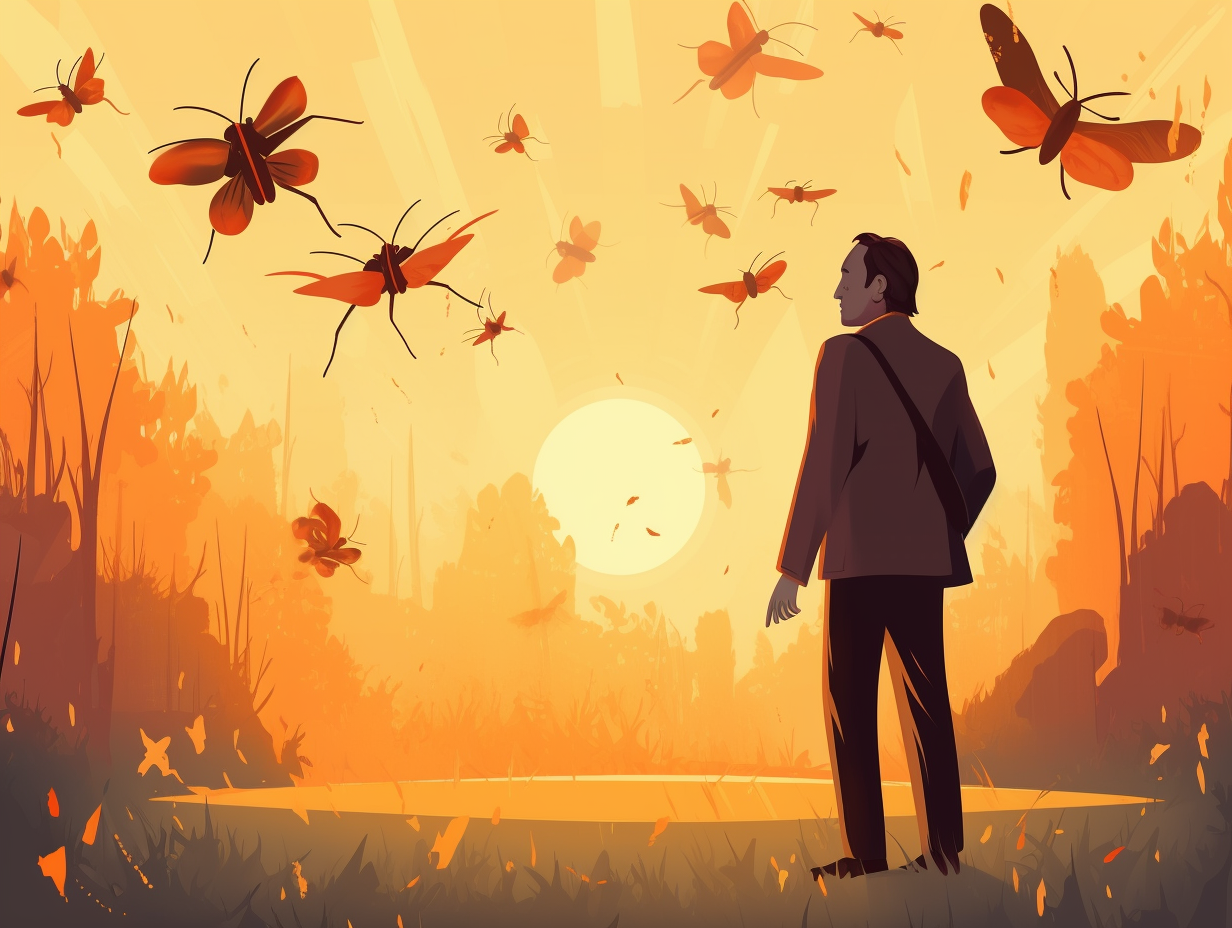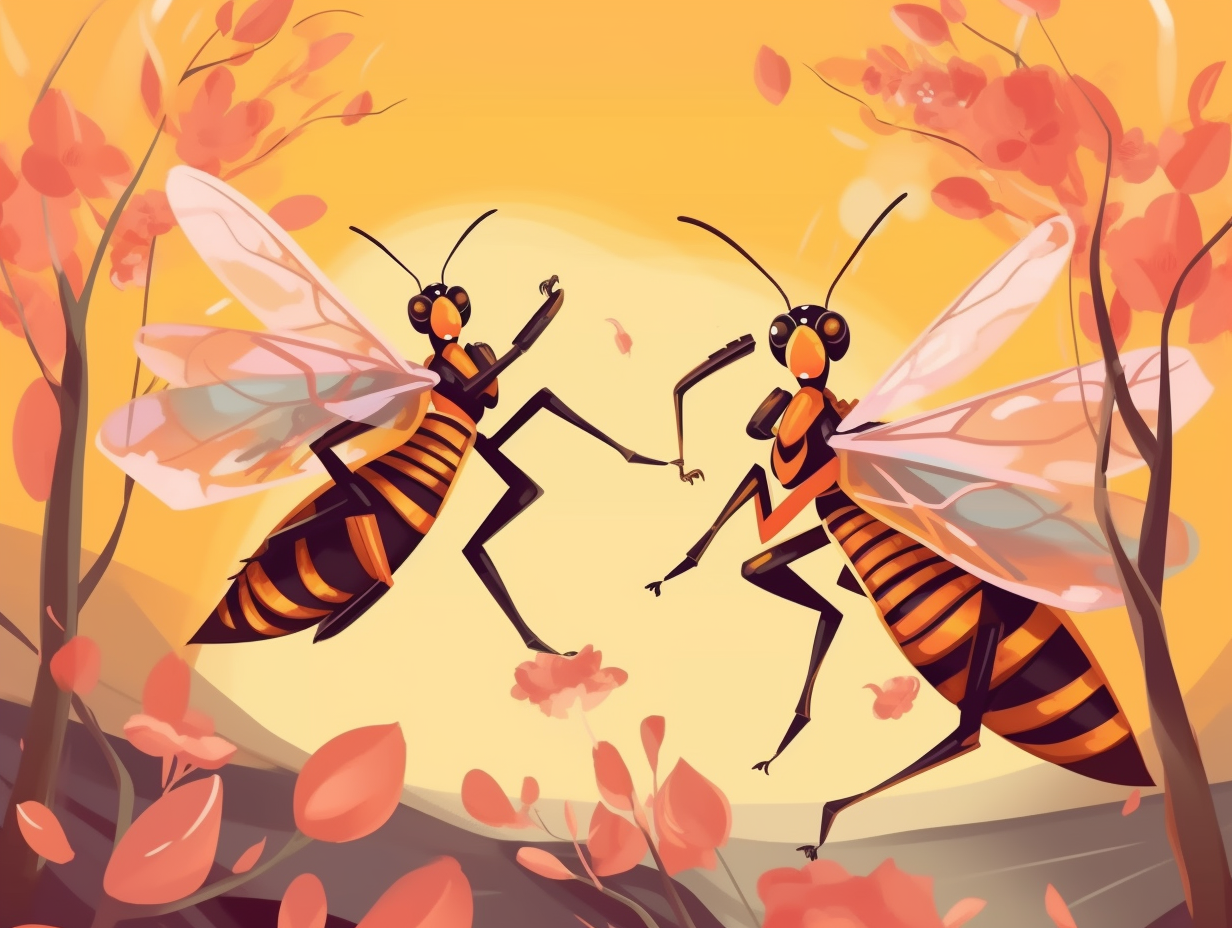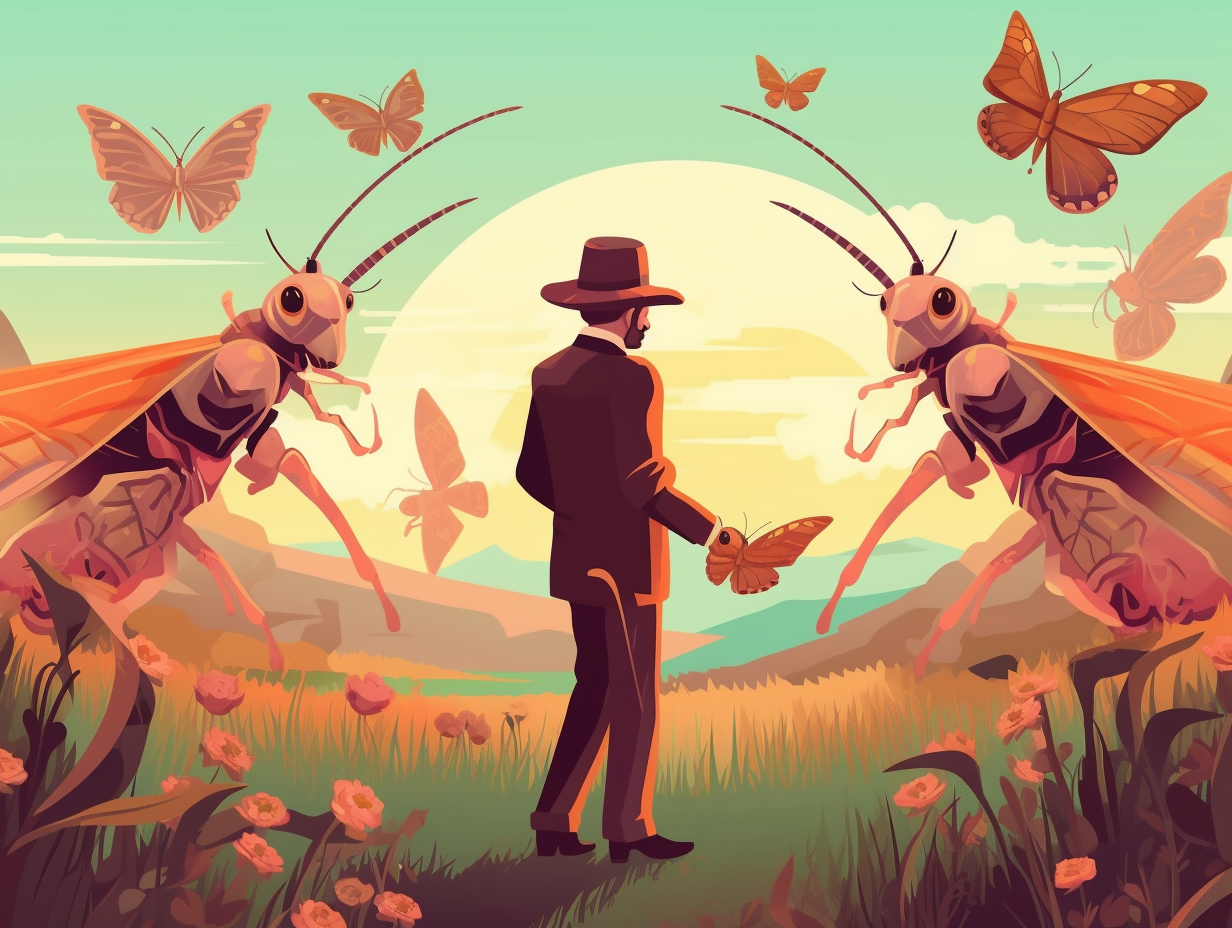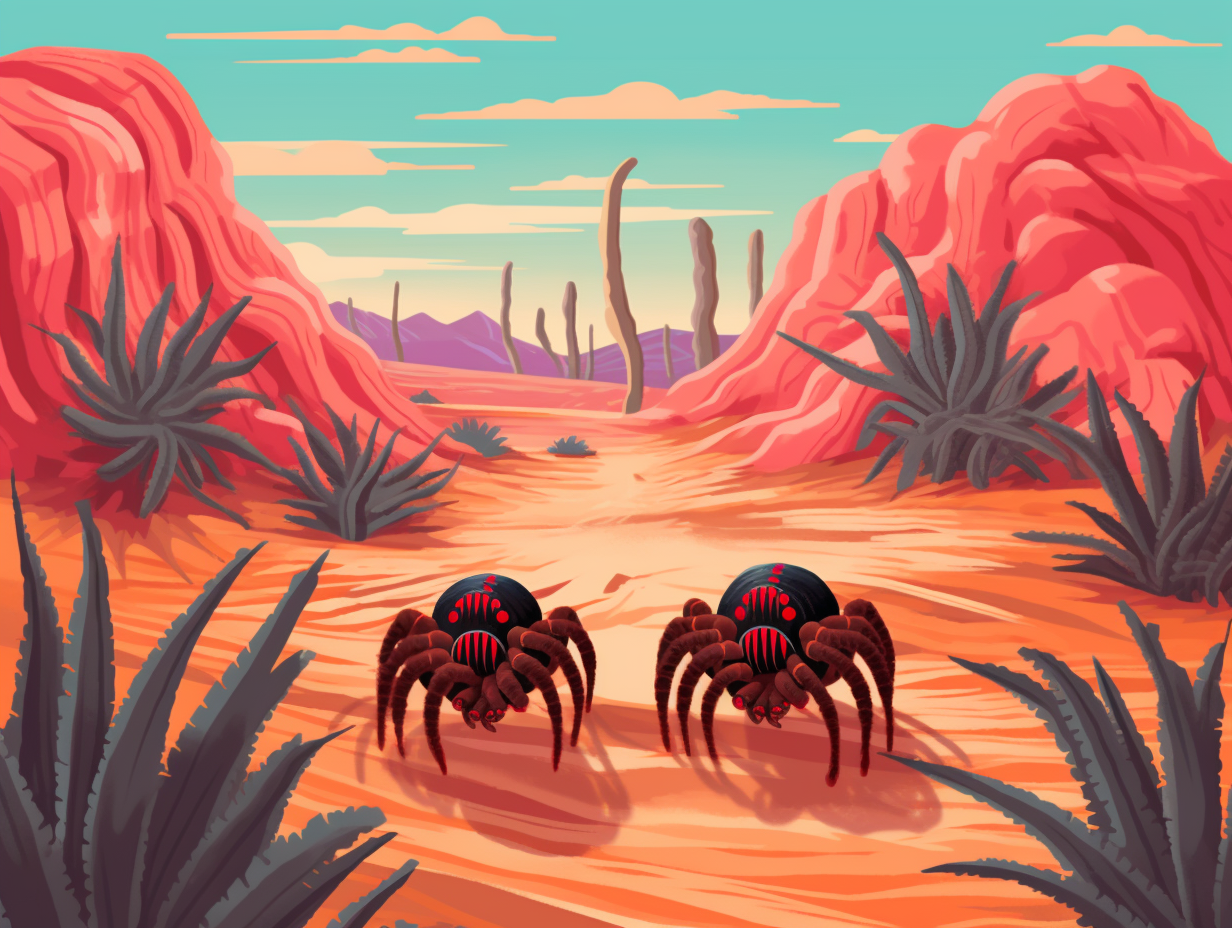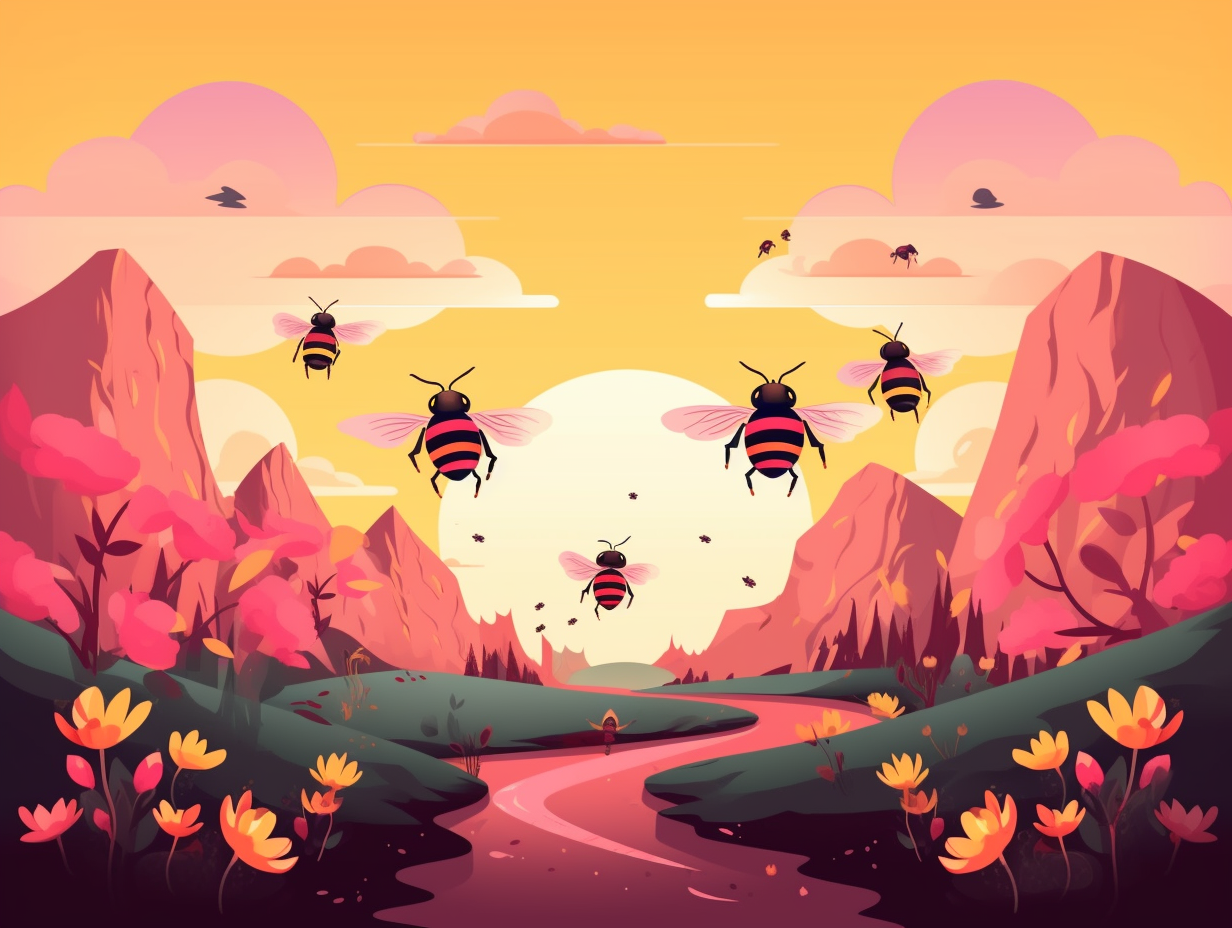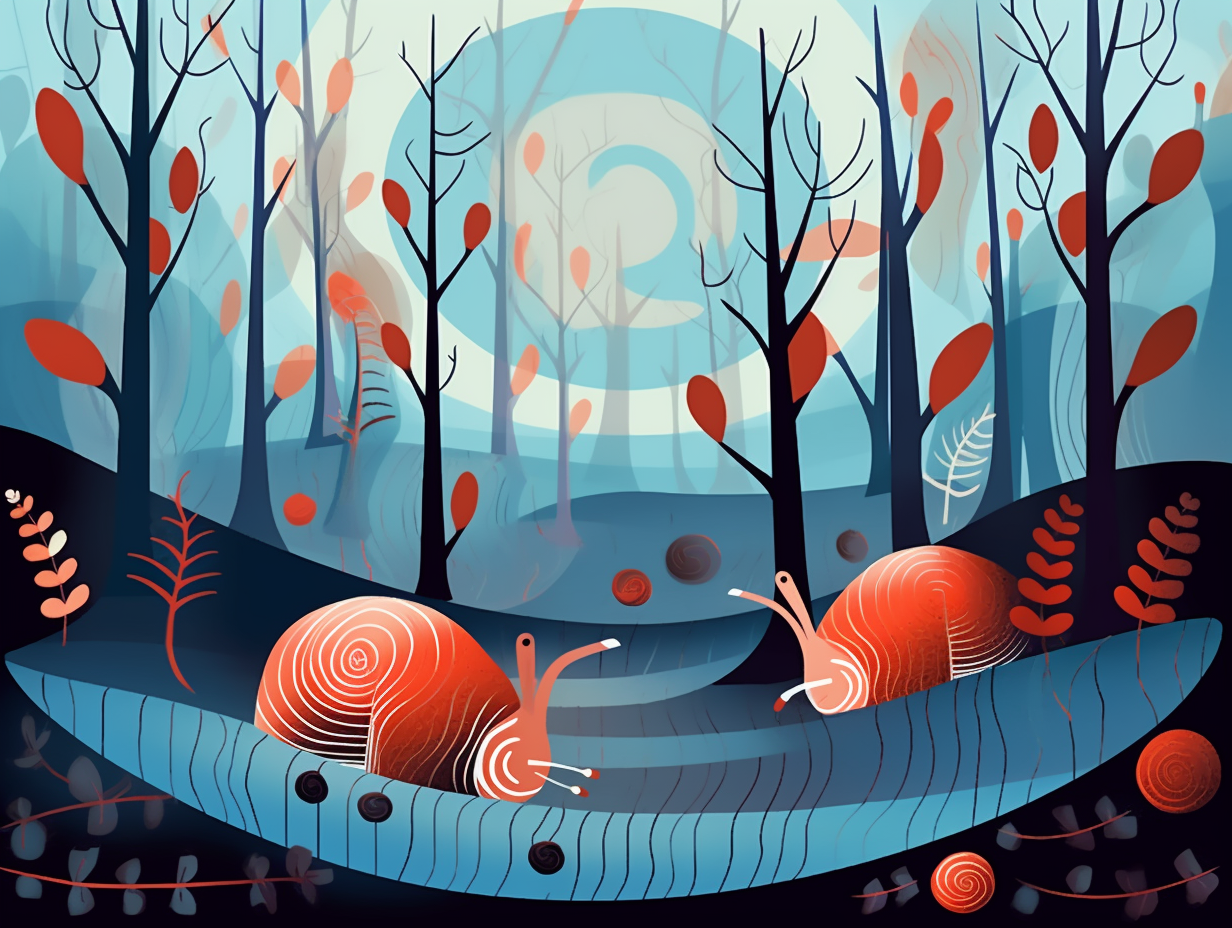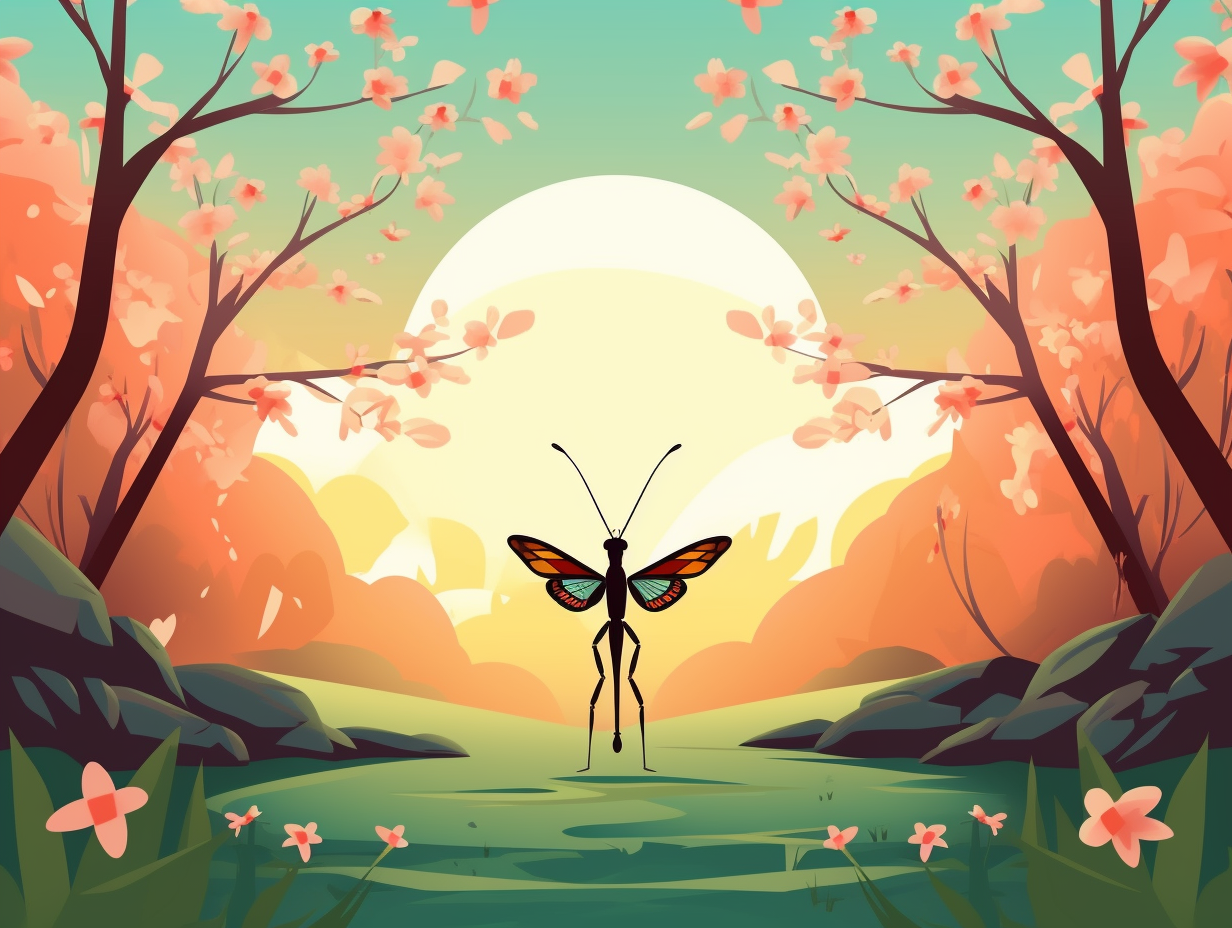Creepy Crawly Curiosities: Top 13 Unbelievable Fun Facts About Bugs!
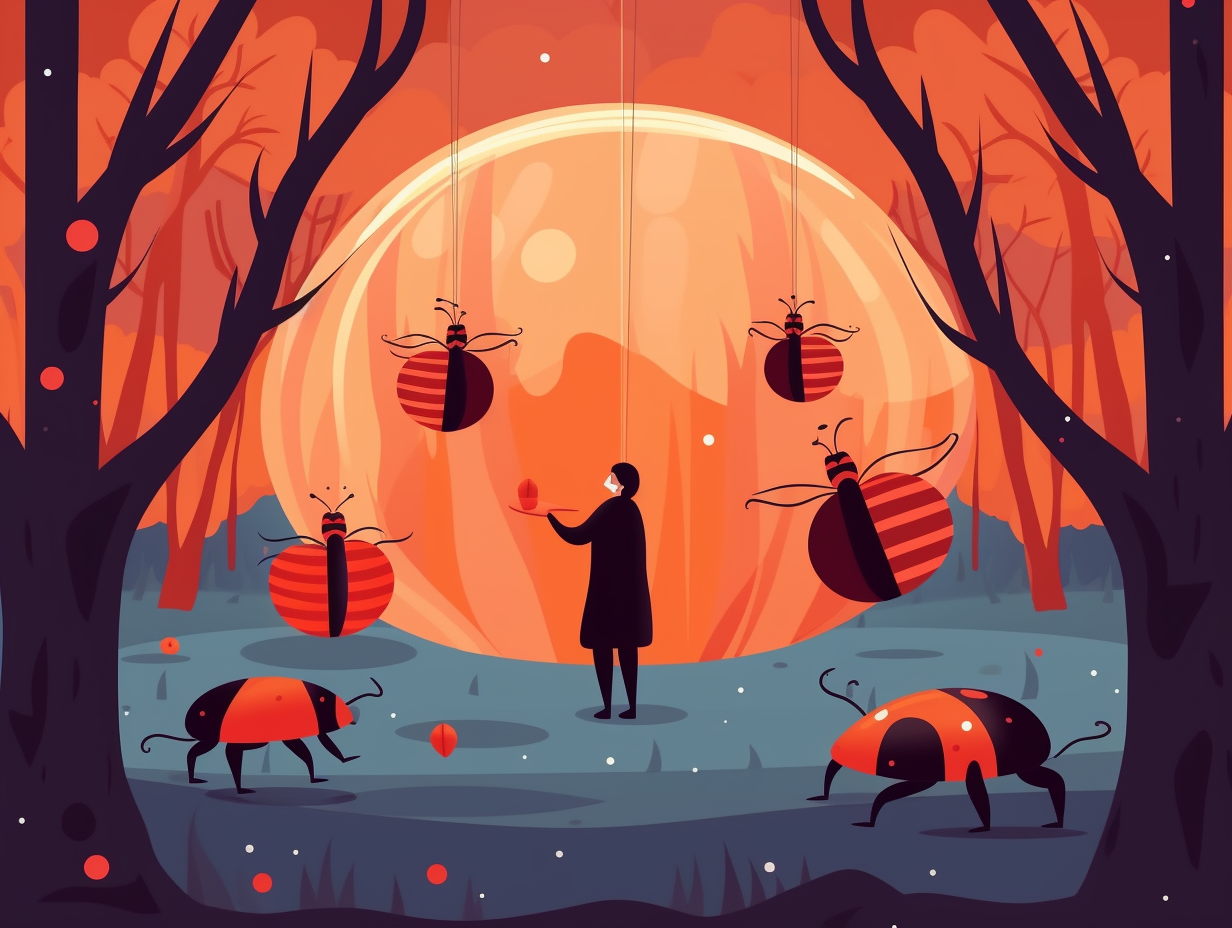
1. Whistling Walnut Sphinx Caterpillar
Meet the walnut sphinx caterpillar, the tiny percussionist of the insect world who's won the favor of birds with its delightful tunes – or so they think: This caterpillar uses its spiracles to whistle alarmingly like a bird's distress call, scaring away predators and saving its skin. No wonder the bird feeder clears out at the sound of Jessica Lindsay's University of Washington recordings!
Source => scientificamerican.com
2. Spittlebug Nymph's Bubbly Blanket
You know that feeling when you wake up and just want to stay cozy in your bed all day? Well, spittlebug nymphs can relate, as they've found an ingenious way to build a fortress of foam, keeping themselves comfy and climate-controlled: By producing their very own bubbly blanket made of plant sap, these clever critters not only manage to maintain their body temperature but also create a protected, nutritious environment, full of lipids, carbohydrates, and proteins, that shields them from the harsh world outside!
Source => nature.com
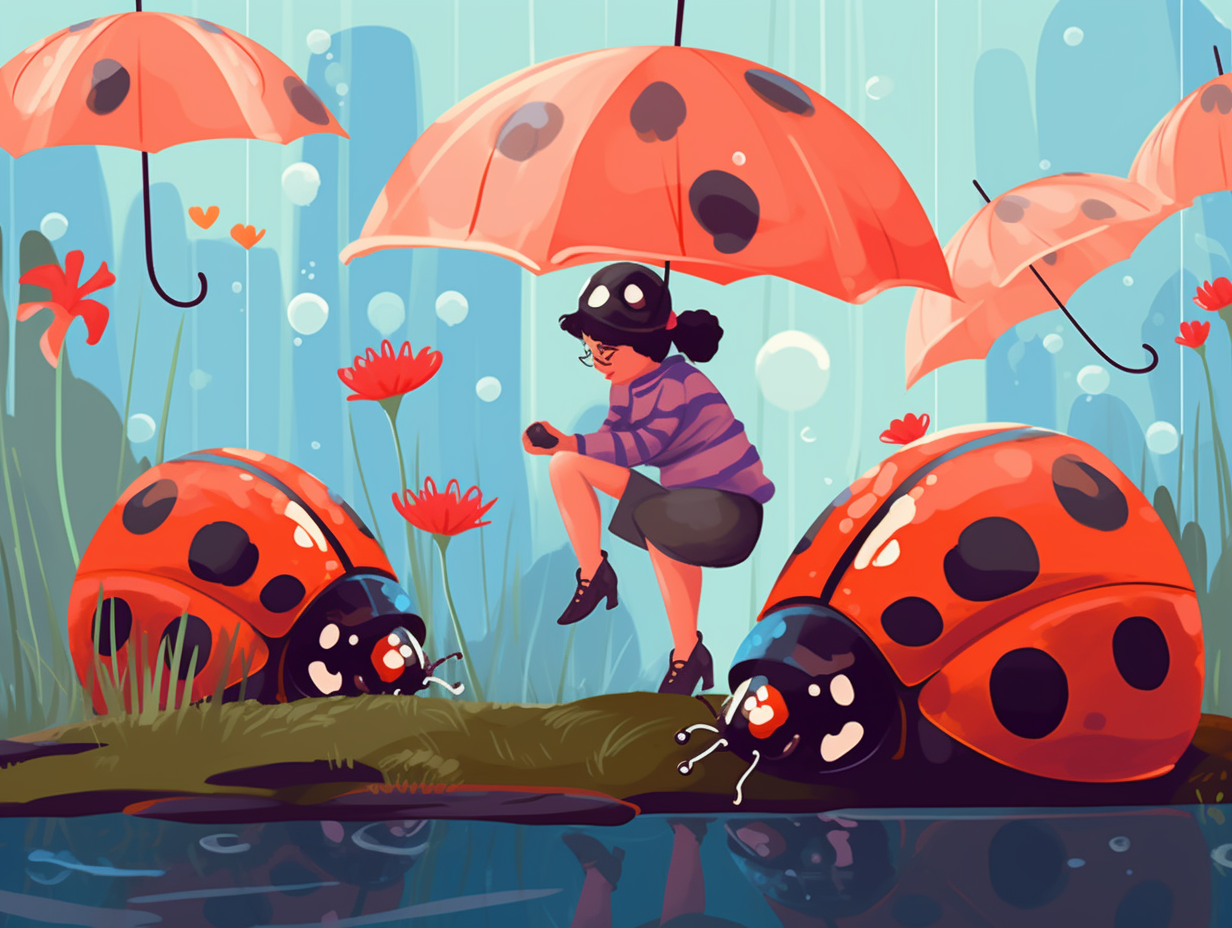
Did you know ladybugs are crime-fighting detectives in the bug world? 🐞 They can devour 300 aphid enemies and help protect our crops! Discover their secret powers.
=> Fun Facts about Ladybugs
3. Praying Mantis: The Leaf Impersonator
Nature's master of hide-and-seek, the praying mantis, says, "Bug it, I'm a leaf now!": These incredible insects boast fantastic camouflage, with some species even having leaf-like projections on their legs and wings to blend seamlessly into their surroundings, helping them avoid predators and surprise unsuspecting prey.
Source => kids.nationalgeographic.com
4. Neck-Fighting Giraffe Necked Weevils
Step aside, WWE wrestlers, for the true kings of neck-fighting have arrived: the male giraffe necked weevils! These tiny insect warriors duke it out with their elongated necks to win the affection of their lady love and the right to mate with her. As for the hardworking female weevils, they showcase impressive leaf-rolling skills with their necks, delicately packaging their precious eggs on a single leaf before it falls to the ground for the larvae to hatch and feast upon. Foodies beware, these weevils are extremely picky eaters, sticking to their preferred trees and noshing on them exclusively throughout their one-year lifespan.
Source => madamagazine.com

5. Morpho Butterflies' Iridescent Blue Wings
Feeling blue has never been so flashy: Morpho butterflies boast blue wings not from pigments, but due to an optical effect called interference, where light interacts with microscopic structures resulting in luminous iridescence that not only dazzles admirers, but also confuses predators by shifting from brilliant blue to dull brown based on the angle of the light.
Source => webexhibits.org
6. Dancing Peacock Spider Romance
Step aside, John Travolta – there's a new dancing queen in town, and he's wearing an oh-so-fashionable eight-legged tux: Male peacock spiders use an elaborate dance routine and striking fan-like structures to attract a female mate, but it's the female spiders who call the shots, deciding whether or not to accept the courtship – with unmatched dance moves sometimes tragically ending in the male becoming a tasty snack for the lady's offspring.
Source => pbs.org
7. Flies Tasting Food with Their Feet
You know how we humans like to walk on the wild side or take food "to go"? Flies might just be leading the pack on this bizarre trend: houseflies taste their food with their feet, as these appendages bear the burden of taste receptors that help their "owner" determine if a food is worth devouring. But before you start envying their unique hands-free food processing ability, remember that flies are notorious for mingling with bacteria-laden surfaces, making them unwitting purveyors of disease wherever meals are on display. Keep your food under wraps and your living quarters spick and span to avoid any uninvited guests snacking on your delicacies!
Source => terminix.com
8. Monarch Butterfly's Epic Migration
They say Orange is the New Black, but in the butterfly world, it's the color of an epic world tour: The monarch butterfly holds the ultimate wanderlust title, migrating up to 3,000 miles from their northeastern U.S. and Canadian breeding grounds to Mexico's cozy southwestern embrace – but unlike frequent flyer birds, each beautifully orange-winged jetsetter only embarks on this once-in-a-lifetime adventure!
Source => nationalgeographic.com
9. Fatherless Male Ants
Who's your daddy? Well, for a male ant, the answer is quite literally no one: Male ants hatch from unfertilized eggs, which means they only possess one set of chromosomes inherited from their mother, a unique trait found in the Hymenoptera family that includes ants, bees, and wasps.
Source => antwiki.org
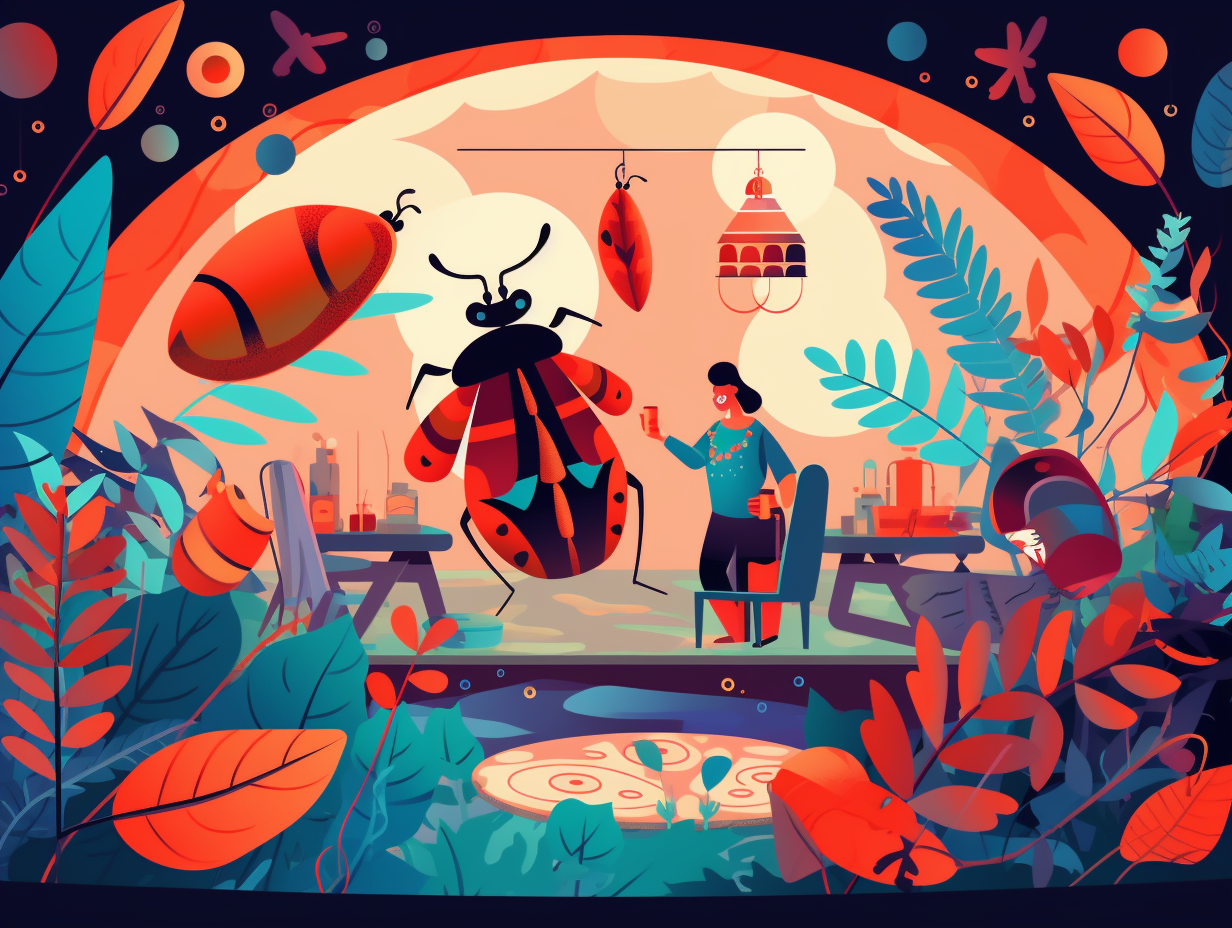
10. Aphids' Speedy Love Life
Move over, speed dating – aphids have got it down to a fine art! With a love life worthy of its own reality TV show, these plant-munching Casanovas make the Kardashians seem positively dull: Adult aphid females can give birth to live offspring that mature in just a few days, but contrary to popular belief, the next generation isn't born pregnant. Instead, winged females appear later in the season, embarking on airborne adventures to find new plants and initiate some X-rated aphid action.
Source => en.wikipedia.org
11. Bees: Master Honey Chefs
Who knew that bees were such master chefs, whipping up batches of honey like a miniature Gordon Ramsay while maintaining a Michelin star-worthy pantry: In a fascinating culinary process, bees create honey from flower nectar, add enzymes and proteins through regurgitation and digestion, evaporate excess moisture by flapping their wings, and then store the golden delicacy in wax comb cells, sealing it with beeswax only when the water content reaches 17-20%, ultimately making it ready for humans to savor and enjoy!
Source => manawahoney.co.nz
12. Bombardier Beetle's Boiling Spray
Step aside, human baristas: there's a hot new shot in town, and this one packs a heated punch that'll leave predators begging for iced lattes. Ladies and gentlemen, meet the Bombardier beetle: a tiny barista that can mix chemicals inside its body to create a scalding, boiling spray at temperatures around 100°C to fend off enemies. Be warned though, no amount of sugar can make this concoction any sweeter!
Source => nhm.ac.uk
13. Stick Insect Stink Bombs and Escape Plans
When life hands stick insects lemons, they whip up a stink bomb and a flashy escape plan: These crafty critters not only deter predators with their overwhelming odors and blinding liquids, but can also detach and regrow limbs as needed, and dazzle foes with brilliantly-hued patches hidden underneath their wings.
Source => nwf.org
Related Fun Facts


